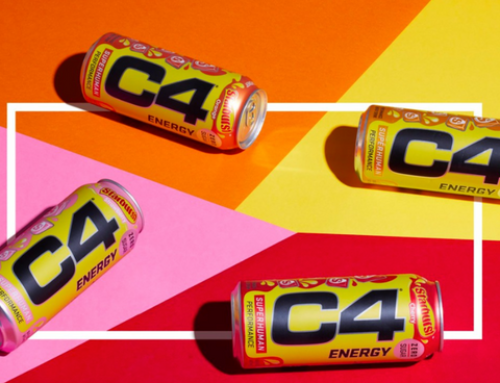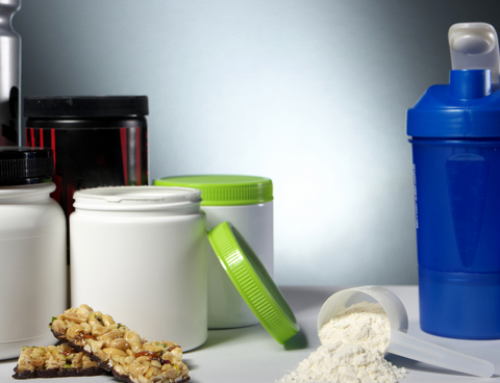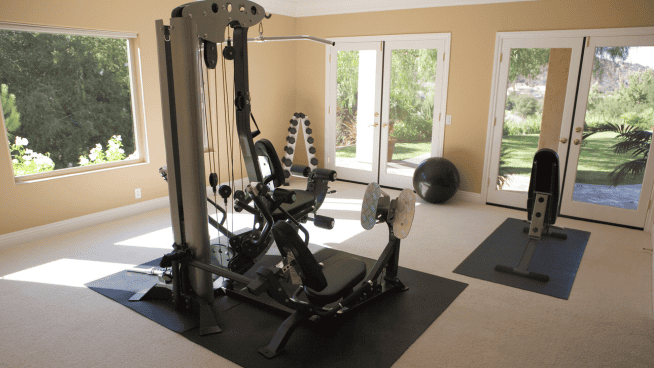How to Take Creatine as an Athlete
Should athletes take creatine pre- or post-workout? Research supports both sides, but before we address that question, let’s review some facts about creatine supplementation. (Find out more about creatine.)
Creatine provides muscles with more adenosine triphosphate (ATP)—the compound your body uses for energy—by boosting creatine monohydrate levels in your muscles. This allows your muscles to work harder and for a longer period of time. The result is simple, but the process that leads to it can get a bit technical.
For a muscle to contract, it has to break off a phosphate molecule from ATP (ATP has three phosphates). The resulting chemical reaction causes the muscle to contract, allowing you to lift weights at a high intensity. But as a result, ATP becomes adenosine diphosphate (ADP). Your muscles can’t use ADP for energy, and the amount of ATP stored in your muscles is limited.
To accommodate your muscles’ need for energy, ADP takes a phosphate from your muscles’ stores of creatine phosphate. ATP then quickly forms, giving you more energy to train longer and harder. This is where creatine comes in. If more creatine phosphate is readily available in your muscles, your body will be better at converting ADP back to ATP for a continued source of energy. You will be able to perform more quality reps and challenge your muscles beyond your normal limitations.
Many question whether creatine is safe for athletes. To debunk some myths, yes, creatine is perfectly safe when consumed properly. In fact, it’s one of the few supplements that have been proven through research to safely improve athletic performance. (Rahimi, Journal of Strength and Conditioning Research)
Make sure to avoid a loading phase, in which you take heavy doses of creatine. Limit your intake to five grams per day and drink plenty of water. Taking creatine post-workout seems to have the most support, because that’s when muscle demand is at its highest level. Regardless of when you take creatine, stay on the same schedule every day. This will maximize creatine’s effectiveness by helping to create a steady state in your muscle tissue and allow your body to adapt.
RECOMMENDED FOR YOU
How to Take Creatine as an Athlete
Should athletes take creatine pre- or post-workout? Research supports both sides, but before we address that question, let’s review some facts about creatine supplementation. (Find out more about creatine.)
Creatine provides muscles with more adenosine triphosphate (ATP)—the compound your body uses for energy—by boosting creatine monohydrate levels in your muscles. This allows your muscles to work harder and for a longer period of time. The result is simple, but the process that leads to it can get a bit technical.
For a muscle to contract, it has to break off a phosphate molecule from ATP (ATP has three phosphates). The resulting chemical reaction causes the muscle to contract, allowing you to lift weights at a high intensity. But as a result, ATP becomes adenosine diphosphate (ADP). Your muscles can’t use ADP for energy, and the amount of ATP stored in your muscles is limited.
To accommodate your muscles’ need for energy, ADP takes a phosphate from your muscles’ stores of creatine phosphate. ATP then quickly forms, giving you more energy to train longer and harder. This is where creatine comes in. If more creatine phosphate is readily available in your muscles, your body will be better at converting ADP back to ATP for a continued source of energy. You will be able to perform more quality reps and challenge your muscles beyond your normal limitations.
Many question whether creatine is safe for athletes. To debunk some myths, yes, creatine is perfectly safe when consumed properly. In fact, it’s one of the few supplements that have been proven through research to safely improve athletic performance. (Rahimi, Journal of Strength and Conditioning Research)
Make sure to avoid a loading phase, in which you take heavy doses of creatine. Limit your intake to five grams per day and drink plenty of water. Taking creatine post-workout seems to have the most support, because that’s when muscle demand is at its highest level. Regardless of when you take creatine, stay on the same schedule every day. This will maximize creatine’s effectiveness by helping to create a steady state in your muscle tissue and allow your body to adapt.











